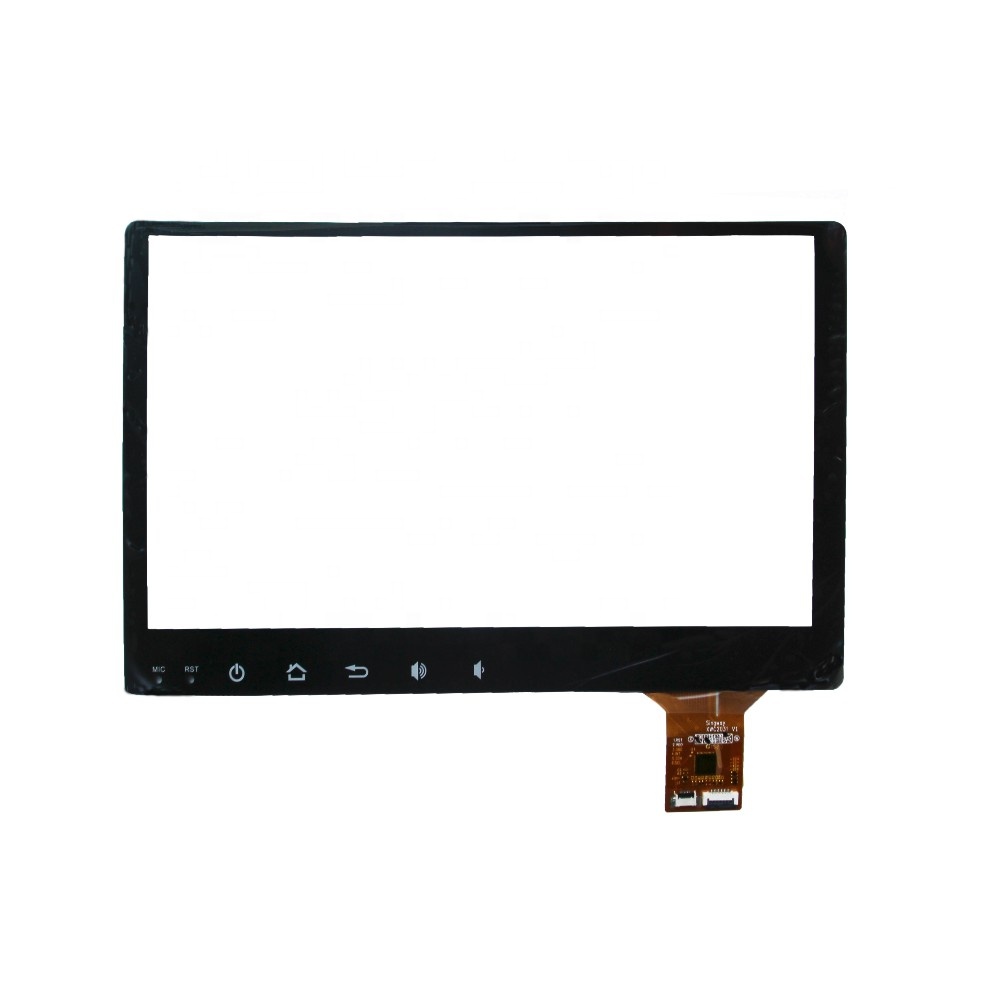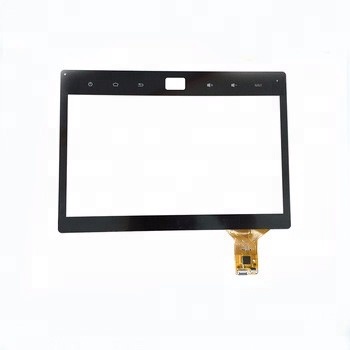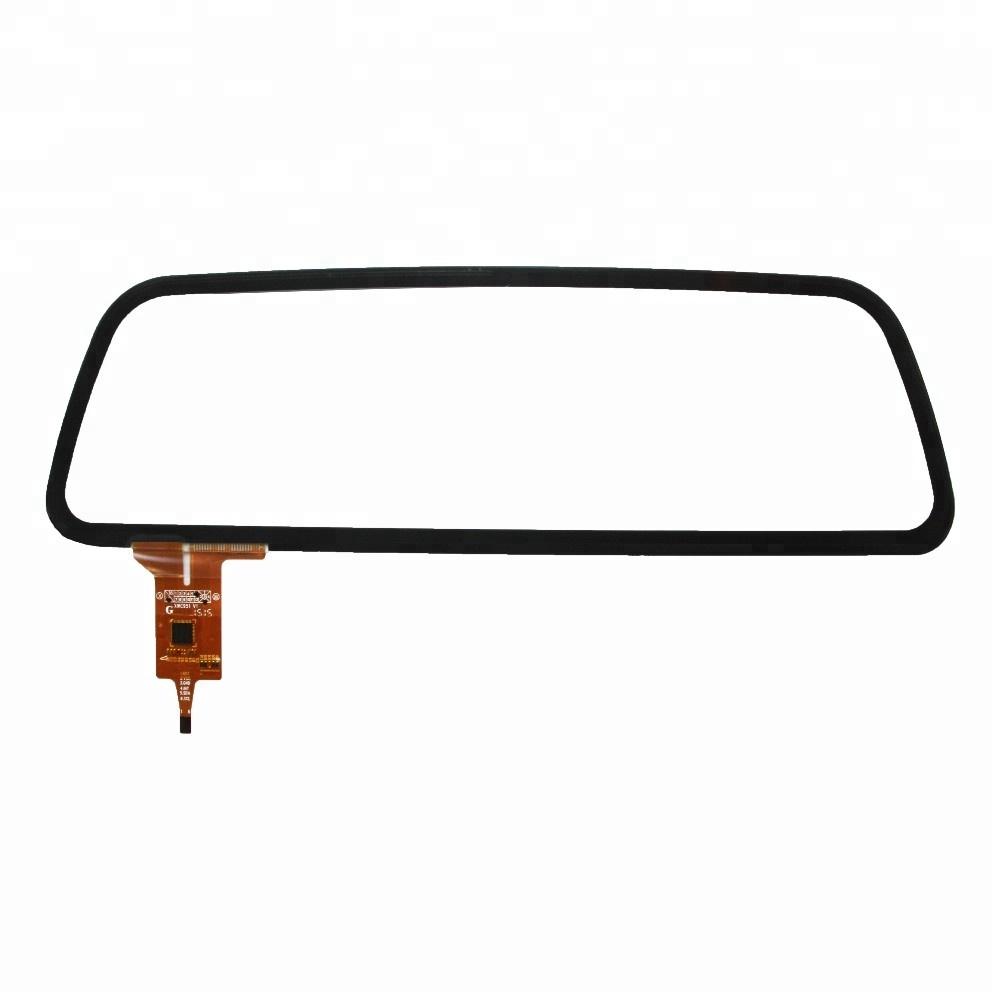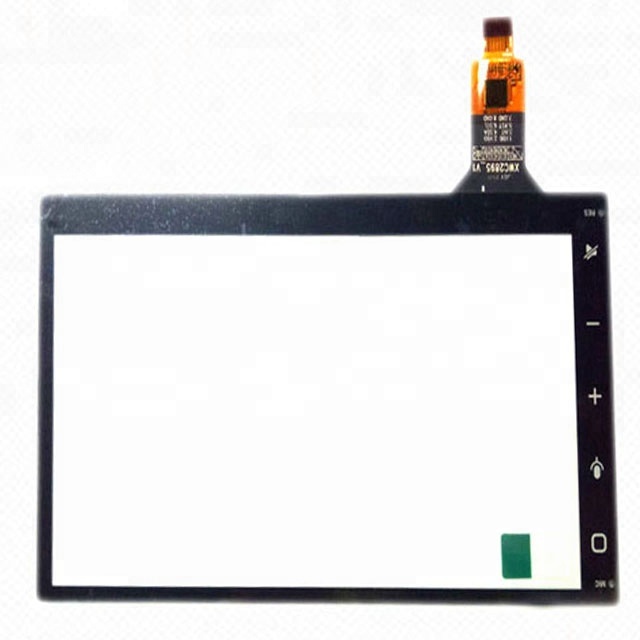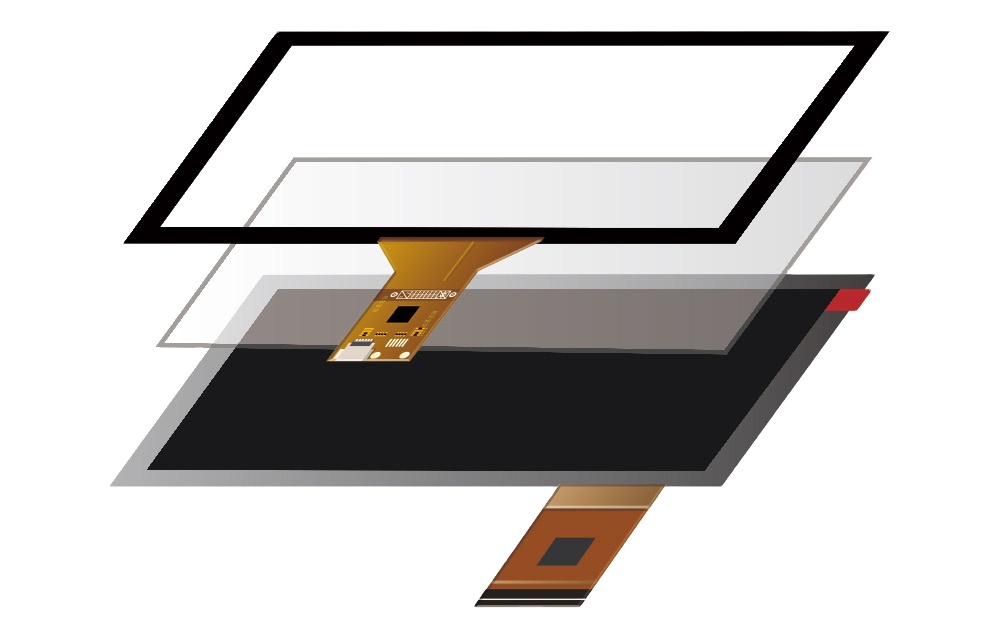Car Capacitive Touch Screen
Car Capacitive Touch Screen
Working Voltage: 2.8V-5.5V DC
Light Transmittance: 86-88%
Structure: PMMA/PET/GLASS+OCA+GLASS/GFF/GF
Input: Stylus or Finger Contact Bounce
Time: <3ms
Resolution: 4096*4096 (According to the resolution of LCD)
Type of Glass: Common, Chemical, Tempering
Contact point: Max10
SurfaceHardness: 6H/7H
Life Expectancy: >100 Million Times
Operation Force: Capacitance Induction, no operating force required
Operation Temperature: -20℃-+70℃
Storage Temperature: -30℃-+80℃
Glass Thickness: 0.4mm 、0.55mm、0.7mm、1.1mm、1.8mm
Interface: IIC、USB
Product description
Product parameters
The design and advantages of onboard capacitive screens make them an indispensable component in modern cars, providing users with a more convenient and enjoyable driving experience.
In terms of design:
Anti interference ability: The vehicle environment is complex and there is significant electromagnetic interference, so the design of the capacitive screen needs to have good anti-interference ability to ensure stable operation under various conditions.
High temperature and low temperature adaptability: Car mounted capacitive screens need to work normally under extreme temperatures, so the selection of materials and components should be able to withstand the effects of high and low temperatures.
Waterproof and dustproof: The car environment may encounter water and dust, so capacitive screens are usually designed with a certain waterproof and dustproof rating (such as IP67) to ensure normal use even under harsh conditions.
Touch sensitivity: Car mounted capacitive screens need to have high sensitivity, be able to quickly respond to user touch operations, and ensure driving safety.
Multi touch: Supports multi touch technology, allowing users to operate through various gestures such as zooming, sliding, etc., enhancing the user experience.
Size and resolution design: Design appropriate screen size and high resolution based on the limitations of vehicle space and user visual needs to improve image clarity and readability.
Advantages:
Fast response speed: The touch response speed of capacitive screens is fast, allowing users to quickly operate and reduce latency.
Strong durability: Capacitive screens are usually made of glass material, which is wear-resistant, scratch resistant, and suitable for long-term use.
Good visual effect: The characteristics of high resolution and wide viewing angle enable the capacitive screen to maintain good display performance under different lighting conditions.
Multi functional integration: The onboard capacitive screen can integrate various functions such as navigation, audio control, and vehicle information display, enhancing the level of intelligence in the car.
Easy to clean: The smooth surface makes the capacitive screen easy to clean, enhancing the user experience.
Aesthetics: The capacitive screen design is simple and modern, which can enhance the overall aesthetics of the car and conform to the design style of modern cars.


